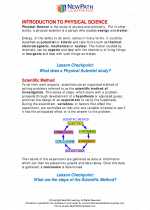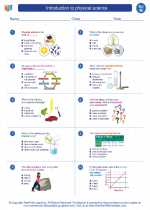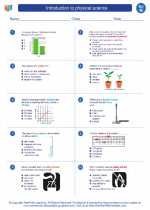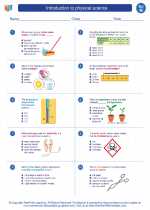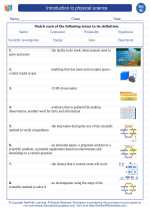Permian Period
The Permian Period is the final period of the Paleozoic Era, spanning from approximately 299 to 252 million years ago. It is named after the region of Perm in Russia, where rocks from this time period were first studied. The Permian is known for significant geological, climate, and biological events, including the formation of the supercontinent Pangaea, the evolution of early reptiles, and the largest mass extinction in Earth's history.
Geological Events
During the Permian, the supercontinent Pangaea was formed as the Earth's landmasses collided and merged together. This led to extensive mountain-building processes and changes in oceanic circulation patterns. The Permian also saw significant volcanic activity, contributing to the formation of large igneous provinces.
Climate Changes
The Permian climate was characterized by periods of extreme warmth and aridity, as well as significant fluctuations in sea levels. These climate changes likely influenced the evolution and distribution of plant and animal species during this time.
Biological Evolution
The Permian witnessed the diversification of early reptiles, including the ancestors of dinosaurs, as well as the rise of new types of plants and insects. This period also marked the peak of the Paleozoic marine fauna, including diverse groups of invertebrates such as brachiopods and ammonoids.
Permian-Triassic Extinction Event
The end of the Permian Period was marked by the most devastating mass extinction event in Earth's history, known as the Permian-Triassic extinction. It resulted in the loss of over 90% of marine species and approximately 70% of terrestrial vertebrate species. The exact causes of this catastrophic event are still debated, but likely factors include massive volcanic eruptions, climate change, and oceanic anoxia.
Study Guide
- Describe the geological events that occurred during the Permian Period.
- Explain the climate changes that characterized the Permian Period.
- Discuss the biological evolution of early reptiles and other life forms during the Permian.
- Examine the causes and consequences of the Permian-Triassic extinction event.
- Compare the Permian Period to other geological time periods in terms of significant events and biological diversity.
By understanding the Permian Period, we gain valuable insights into the complex interplay of geological, climatic, and biological processes that have shaped the Earth's history.
